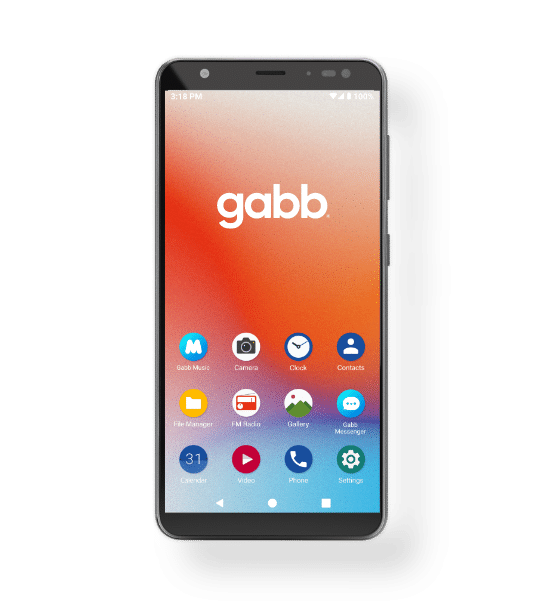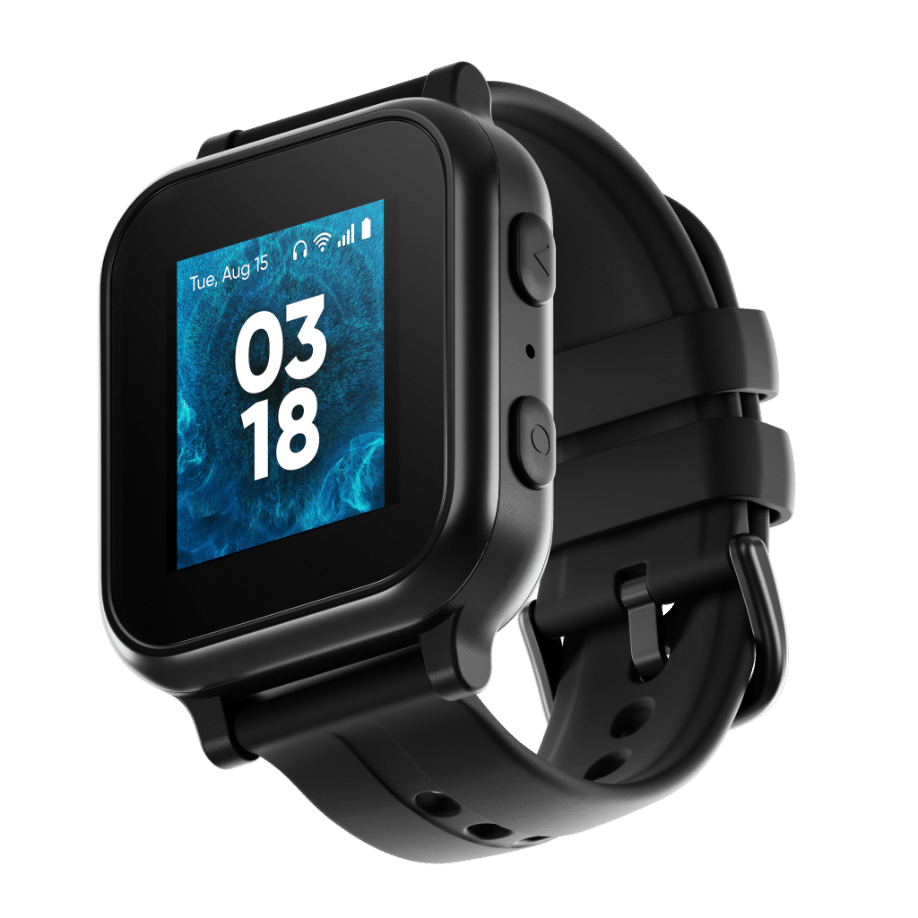What are Embedded Web Browsers? A Guide for Parents
NOV 01, 2023
What are Embedded Web Browsers? A Guide for Parents
It’s never been easy for kids to grow up, but it can feel especially hard in a digital world. As parents, helping out by keeping up with a constantly evolving tech landscape can be daunting. It can feel like every day brings a new slang term or TikTok trend and parents are constantly on the outside looking in.
One term you may have come across is “embedded web browser” (sometimes referred to as an “embedded webview” or “in-app browser”). But what exactly does it mean?
This article will help demystify this term and provide insights into how embedded browsers can pose risks to children, along with some tips on how to manage these risks.
What is an Embedded Web Browser?
Web browsers are the applications we use to navigate the internet. Google Chrome is by far the most popular, with Safari coming in a distant second place.
An embedded web browser, on the other hand, is a browser that is integrated or “embedded” within another application. It allows the application to display web content without requiring you to open a separate browser.
For example, if you click on a link within Instagram and it opens the webpage within Instagram—instead of opening Google Chrome or Safari—that’s an embedded browser at work.
Do Embedded Browsers Have a Browser History?
Yes, embedded browsers have browser history. But—and this is pretty important—the history of an embedded browser is typically isolated to the specific application in which it operates.
That means that if your child uses an embedded browser to look at something online within a game or social media app, that browsing history may not show up in the main browser’s history. So if you are only checking the main browser’s history, some online activity could be flying under the radar.
Can Parental Controls Block Embedded Browsers?
Parental controls can regulate many aspects of internet use, but when it comes to embedded browsers, things get a bit trickier. Some parental control software can help filter content viewed through an embedded browser but some may not be able to fully monitor or block all embedded browsers.
The bottom line: any device that allows for apps with embedded browsers could leave the door open for exploration of the wider internet.
The Risks of Embedded Browsers
The explanation above probably gives you a pretty good guess at the risks posed to kids and teens by embedded browsers.
The obvious one: they could potentially bypass traditional web filters and parental controls, allowing children to access harmful content.
Another less obvious concern is that embedded browsers can be less secure than standalone ones. This isn’t a given, but there’s no guarantee that an embedded browser has the same level of security features as the primary browser you’re comfortable with, making them more vulnerable to cyber threats like phishing or malware.
What Can Parents Do?
Every family is different. Even within an individual family, every kid is different. That means there isn’t a one-size-fits-all solution to any tech concern.
Regardless of the unique considerations in your family, however, being intentional about how much tech freedom you give your child is always a good idea. It’s also crucial to have open conversations with your children about their internet use and set clear expectations and guidelines.
Let’s talk a bit more about each of those.
Taking Tech in Steps
Most major tech advancements were not created for kids. They were created for adults and then safety features were tacked on to them only as problems arose for kids. Kids and teens deserve more than damage control.
When we talk about Tech in Steps, we’re talking about giving children and teens a gradual journey into the world of technology that aligns with their developmental stages. Gabb has baked this philosophy into the devices we offer as well as our phone and data plans so that parents have the right options for the unique needs of their child.
Creating Healthy Tech Conversations with Your Kids
Understanding the risks of embedded browsers is one thing, but communicating them effectively to your children is another.
The goal shouldn’t be to instill fear but instead to educate and empower them to make safe decisions online. If you feel your child is ready to handle the risk level posed by embedded browsers, here are a few tips:
- Be open and honest: Start by explaining what an embedded browser is and why it might pose certain risks. Don’t cross your fingers and hope they won’t discover this “backdoor to the internet.” Kids are tech-savvy, they’ll figure it out eventually. When explaining, use age-appropriate language and examples to help them understand.
- Set clear expectations: Make sure your child knows what kind of content is appropriate to access and what isn’t. Also, discuss the importance of not sharing personal information online.
- Promote critical thinking: Encourage your kids to think critically about the information they encounter online. This can help them identify potential threats and avoid falling for scams.
- Keep the conversation ongoing: Internet safety isn’t a one-time discussion. Keep the lines of communication open, and find ways to encourage your kids to come to you with any questions or concerns.
Understanding the digital landscape can seem daunting, but with the right knowledge and approach, parents can confidently guide their children through it.
Remember, the goal isn’t to shield kids from every potential online risk forever. Instead, we can equip them with the tools and understanding they need to navigate the internet safely and responsibly as they increase in maturity.
What Do You Think?
Did we cover all your questions about embedded browsers? Do you have any experiences with embedded browsers that other parents would benefit from hearing? Any success stories about great discussions with your kids? Let us know in the comments.












Success!
Your comment has been submitted for review! We will notify you when it has been approved and posted!
Thank you!